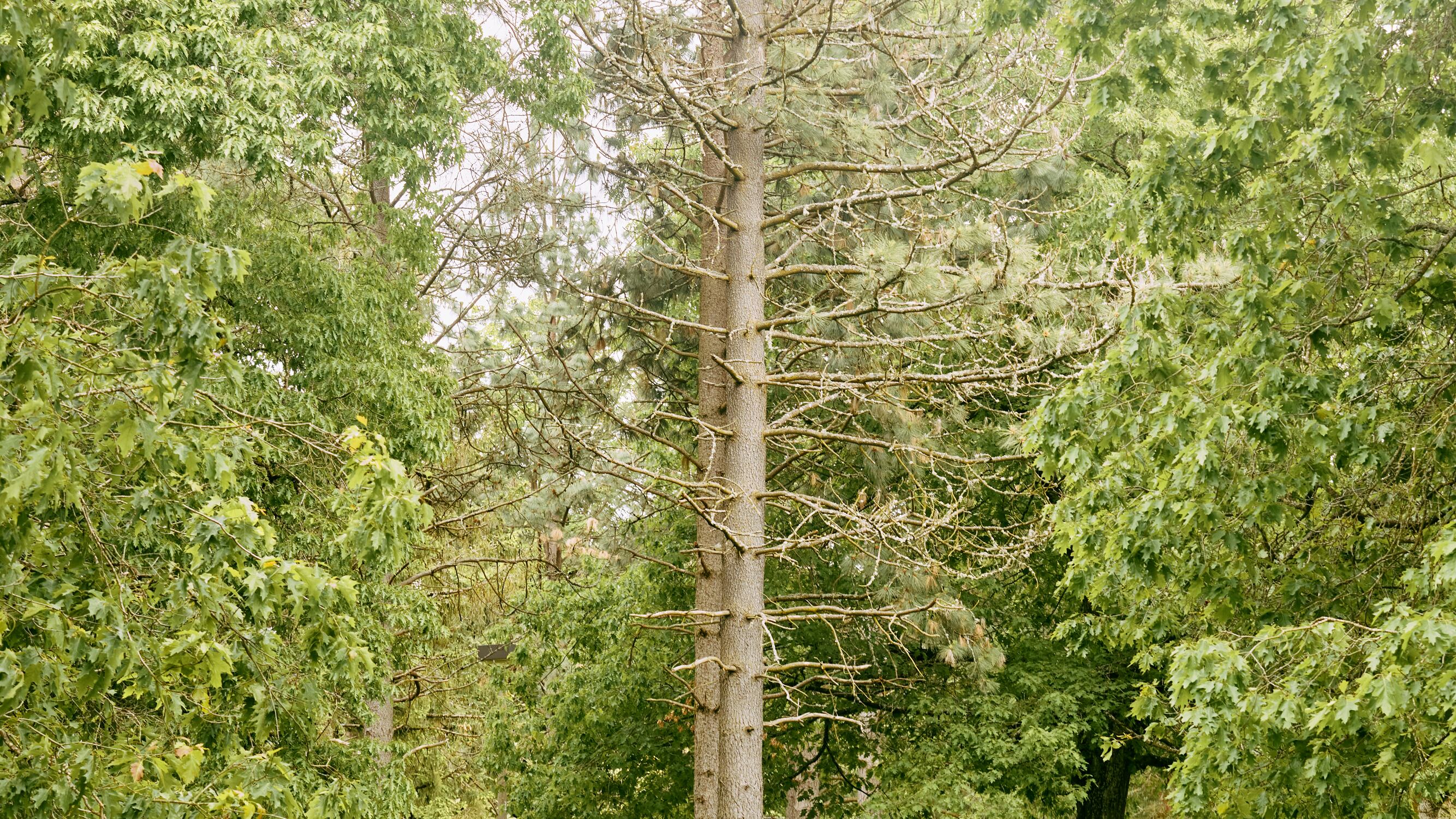It’s a common refrain from city officials these days: We need more trees to shade the broiling streets of East Portland and protect vulnerable communities from extreme heat.
That’s been the message since the summer of 2021, when 116-degree temperatures killed 72 Portlanders, 22 of whom lived east of Interstate 205. Backing up its rhetoric with cash, the city committed to spending at least $40 million over the next five years to plant as many as 25,000 additional trees in the hottest neighborhoods, where the canopy offers just 5% tree coverage in some areas.
But the city seems to have a fundamental, and recurring, problem that could make those tree-planting efforts moot: It can’t keep its trees alive.
Last August, WW reported that dozens of saplings in the Mill Park neighborhood had died because the city didn’t water them. There have been two more bouts of tree death since then.
One massacre came in July after Cascadian Landscapers Inc., a city contractor hired to plant and care for trees, skipped three weeks of watering during the three hottest weeks the city has logged so far this year. Portland Parks & Recreation says it’s still determining just how many of those trees are now dead or dying. They stand desiccated in Piedmont, Humboldt, Parkrose, Parkrose Heights and Hazelwood/Mill Park.
Three weeks without watering might seem fine, especially in the Northwest, but saplings need 15 to 20 gallons of water a week to stay alive. Even one missed watering can leave a tree parched beyond revival. And this July was the hottest ever recorded—an inopportune time for the contractor to skip waterings. Cascadian blamed a lack of staff.
“The contractor has since deployed additional watering visits, and some trees are rebounding, sending out a fresh set of leaves,” Portland Parks & Recreation spokesman Mark Ross says.
The second die-off came in Montavilla, also during the heat wave. During a late July inspection of saplings, the city found that 125 of 439 trees planted there in the spring had died or were “severely stressed.” The city says it doesn’t know why the trees died. Losing them is costly, though. It costs $404 to plant one tree, according to city estimates.
The mass sapling loss comes as the city’s older trees are getting clobbered by freak ice storms and unprecedented heat. Portland’s tree coverage shrank by almost a full percentage point (it dropped from 30.7% to 29.8%) from 2015 to 2020, the first decline in decades, according to a 2022 report.
City Commissioner Carmen Rubio, who ran the parks bureau at the time, called that study a “wake-up call.” She pushed through changes to the Portland Clean Energy Community Benefits Fund (PCEF, for short) so that hundreds of millions of dollars earmarked for nonprofit groups could be spent by city agencies, as long as the cash went toward climate work. Trees qualified, and the city received $40 million to plant between 15,000 and 25,000 trees in East Portland’s most sun-seared neighborhoods over five years. Another $100 million in PCEF funds will go toward keeping 240,000 existing street trees alive.
The infusion of PCEF cash comes after several years of anemic tree planting. In 2020, the city planted a total of 12,388 trees. In 2023, it planted just 7,722, a decline of 38%.
But planting alone won’t cool East Portland. Saplings need water, especially during heat waves, and especially in heat islands. One small step: Cascadian Landscapers says it will replace any trees that died under its care, on its own dime. And the parks bureau is autopsying the dead trees in Montavilla.

